Keyword: gorsium
Results in pages
Results in content
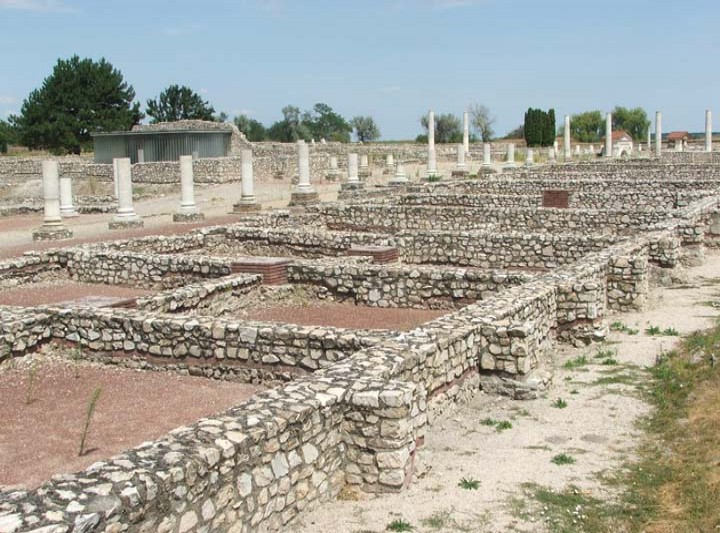
Gorsium Archaeological Park
The Archaeological park containing the former Roman settlement takes us back into the past in a flash with its Mediterranean atmosphere, excavated city walls, streets with lines of columns and its programmes evoking the antique world. The ruins of the ancient town are open to visitors from May to October.
The results of continuous excavations beginning in 1958 are open to research as well as visitors in this exceptionally large archaeological park. In the park surrounding the excavated ruins we can see the stone relics that were discovered and the most important ones are presented in a permanent exhibition. The stone relics, tombstones and mythological scenes found before the excavations were placed along the road. On the main street (decumanus maximus) on the left we can see the governor’s palace from the 4th century while on the right we find the barracks of the guards. Inside the early Christian basilica the wall-paintings of an earlier building can be seen. At the crossing of the northern and southern main street (cardo maximus) on the left we can find the remains of the 2nd century holy district guesthouse and on the eastern side the other early Christian basilica rises above the ruins of the building. If we travel down the main street from west to east we reach the holy district followed by the main square of the 4th century and finally the forum. Its northern side was closed by a wall separated by steps and ornamented by fountains. The steps lead to the scene of the ceremonies connected with the cult of the emperor and to the scene of the meetings of the province. The eastern side of the square is closed by the great church of the holy district which was raised to honour Augustus (or all the emperors) declared to be God. Further to the east we can find the cellar of the building for the official feasts of celebrations. The road turning south reaches another road lined by columns that leads us back to where we began. If we travel south from here we reach the southern part of the town and its excavated buildings, a 4th century home that was abandoned during the messy times at the end of the 6th century. Since then this part of the town has been occupied by the cemetery. The excavation presents a part of the small huts from the earliest times.
The Park can be reached from the M7 motorway exiting at Szabadbattyán, Gorsium and heading towards Tác-Káloz on road nr. 63. Reaching the village of Tác next to the cemetery the road heading to the left bears a sign of Gorsium and leads to the scene of the excavations. It is four kilometres from the motorway.
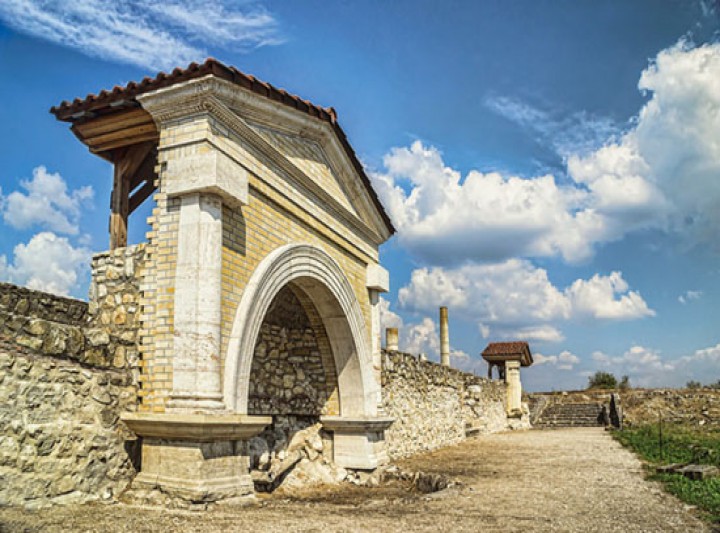
Through the millennia
Those visiting this region can go back in time not only hundreds but thousands of years. This historical time-travel leads from the present to the past, to the former coronation city then from the ruins of Gorsium from the Roman ages to the settlement of cavemen in the stone age only to take us back to the present through the memories of the war of independence and the history of the Hungarian privates.
If we are talking about Fehérvár then we must mention the National Memorial Site, the traditions of St. Stephen, the history of the coronation city, the ossuary holding the remains of our great ones in the arch of the foundation stones of the formerly enormous basilica –the Hungarian statehood was born here a thousand years ago. Although the royal centuries have long gone history lives on and permeates everything in Székesfehérvár. If we are not content with the superficial and look behind the scenes we can find uniquely valuable treasures and we can experience moving and uplifting moments. In the Diocese Museum we can admire the head relic of St. Stephen in its silver casing which was guarded and locked away from the public for centuries. In the crypt of the St. Stephen Basilica we discover the coffins of Béla III and his wife, Ann of Antioch who, of all the royals buried here, are the only royal couple to be identified. On the marble slabs we see the imprint of the royal couple. It is an exclusive opportunity to glimpse into the ossuary holding the bones found amongst the ruins of the coronation basilica including the earthly remains of our kings. It is only open to visitors on special occasions such as on the 20th August during the Kings Days (Királyi Napok).
If you have already seen all these head out to the surrounding areas! After the ancient archaeological park, Gorsium we can go to the Vértes and then to Lake Velence. From the end of April till the middle of October there are scheduled boat trips on Lake Velence on the Agárd-Gárdony-Pákozd route and we can also cruise around Pákozd-Szúnyogsziget. You can finish this time-travelling by cruising on Lake Velence but if you still have some zest you can head towards Várpalota to become acquainted with the Thury Castle and the Trianon Museum. Let’s head back into the past!
Highlighted days:
12th to 21th August – Székesfehérvár: Kings Days including the Crowning Holiday Games
Last weekend of September – Pákozd: National Defence Festival
First weekend of September – Csókakő: Csókakő Castle Games
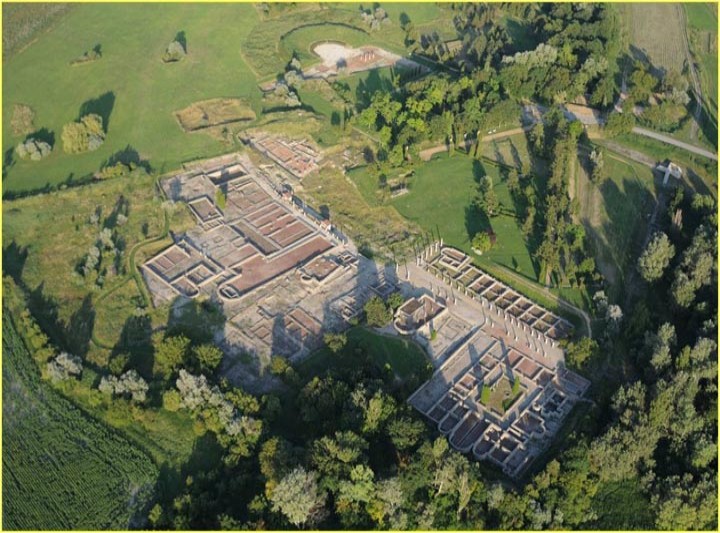
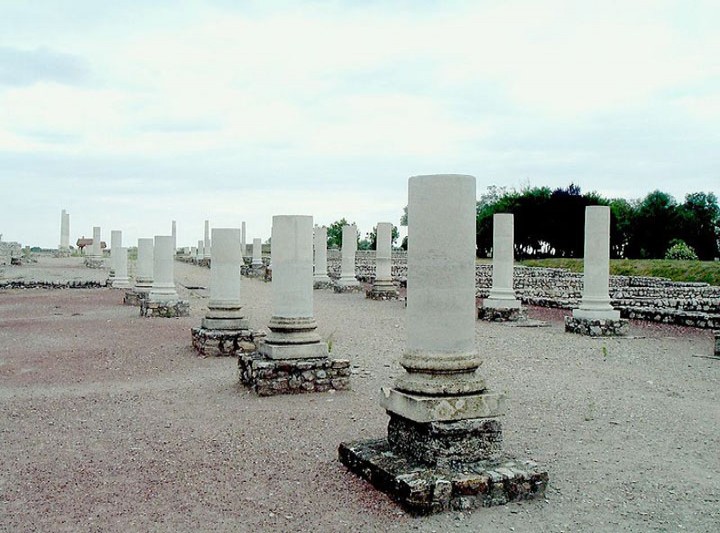
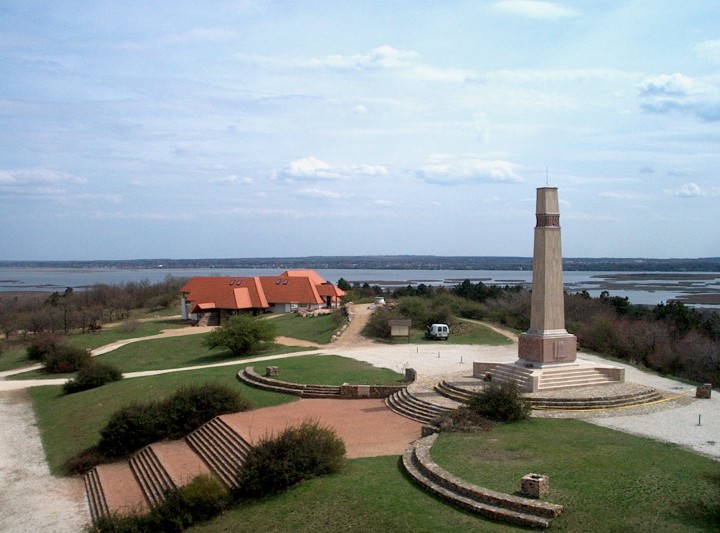
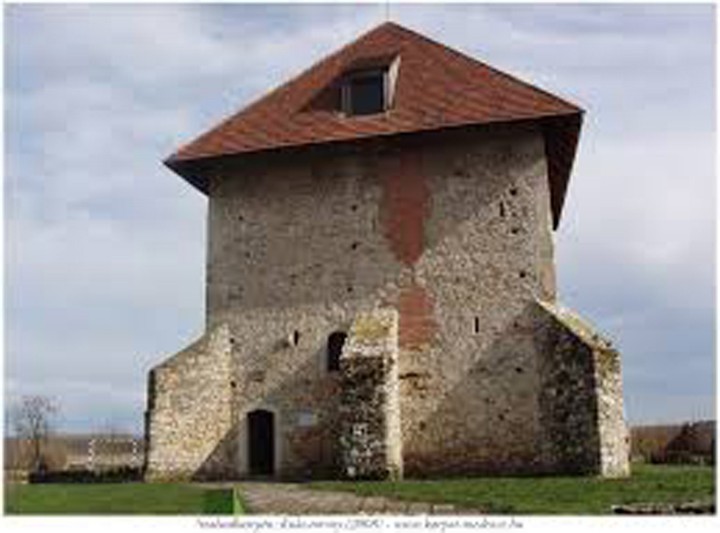
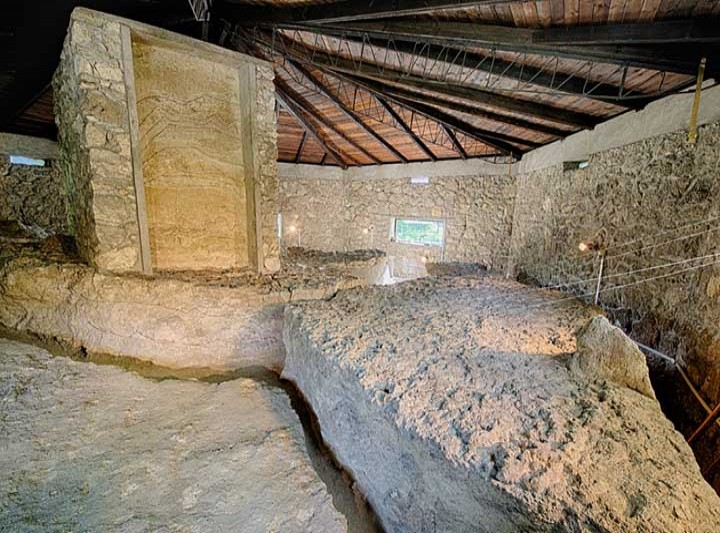
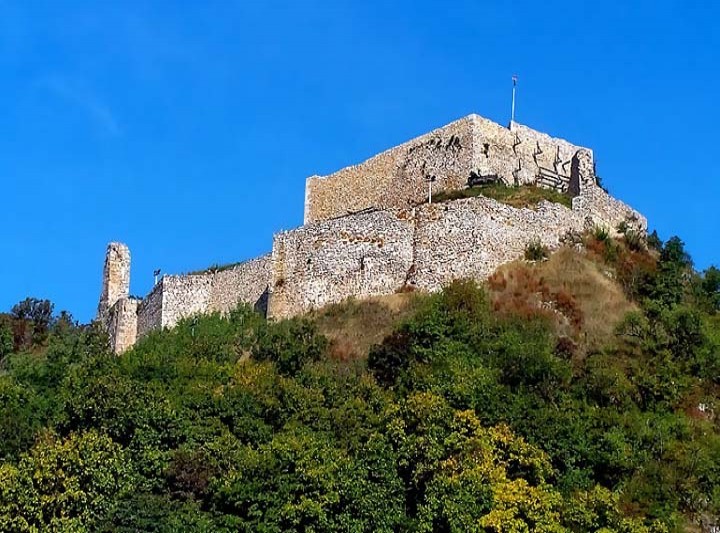
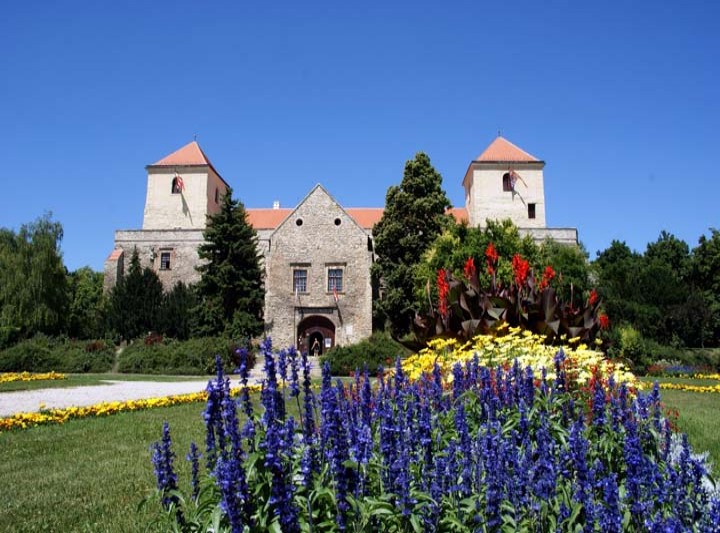
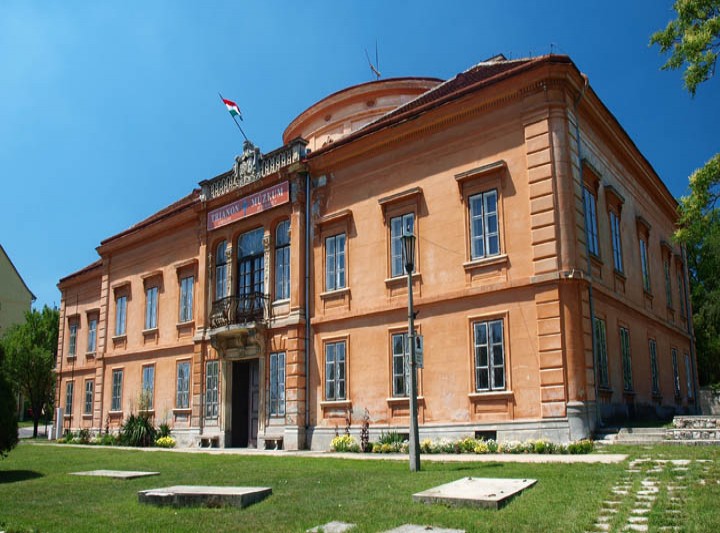
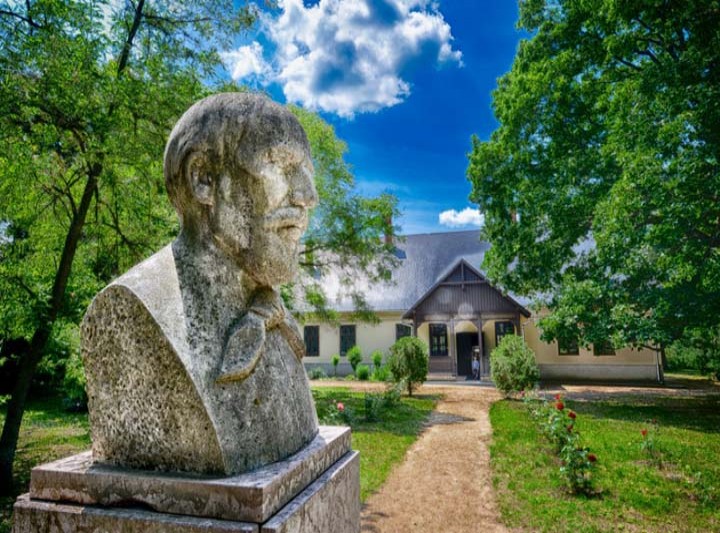
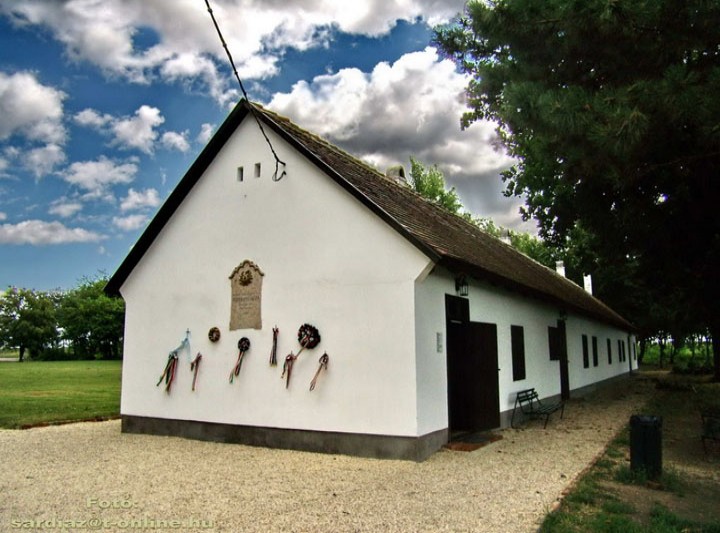
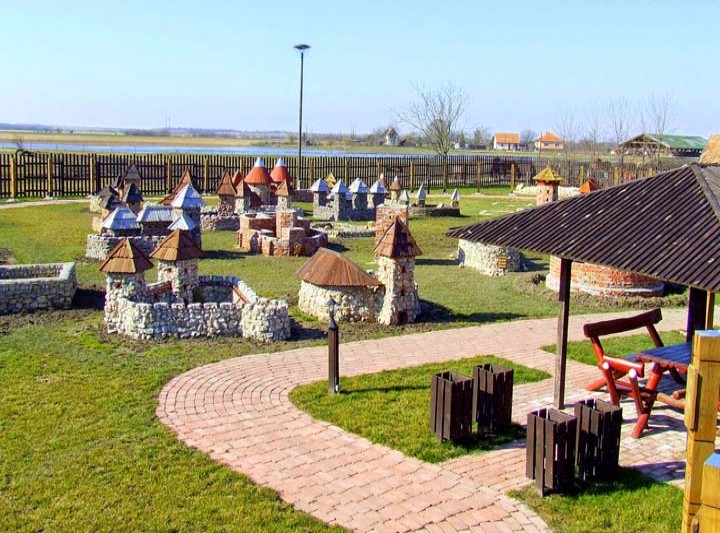
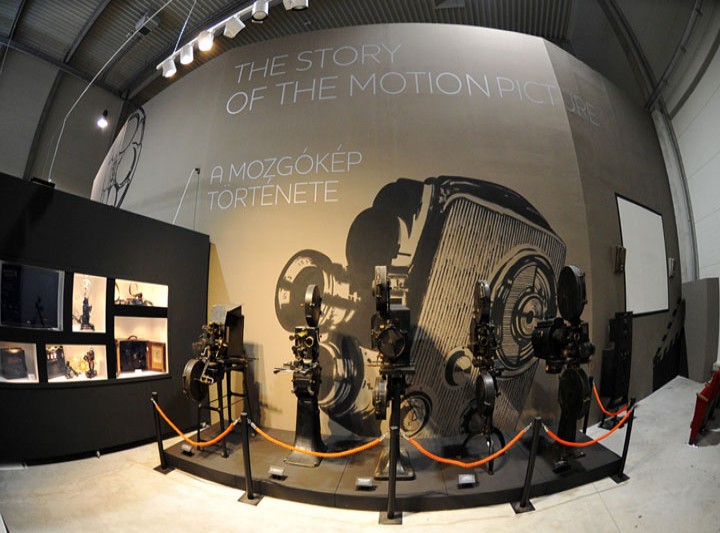












3000px.png)









